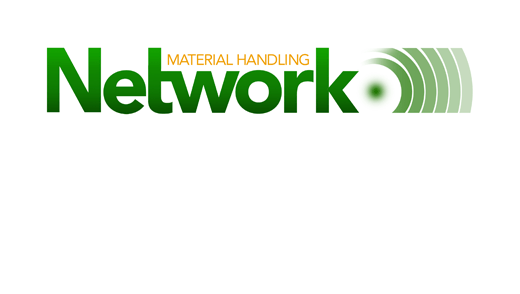Published December 28, 2017
We all search for the right metrics for measuring business performance. Inventory is no exception.
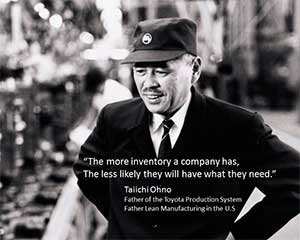
Inventory age is the best descriptor of supply chain success at managing inventory. Inventory age tells you whether you are turning your inventory and/or managing it appropriately in the warehouse. If more teams would focus their analysis and problem solving on inventory age, they would work their way through the inventory process to uncover the drivers of these issues.
How do you develop a robust program to appropriately value your inventory? How does product life cycle play in your evaluation of inventory value? What is driving your inventory age?
Age Definition
Inventory age has many definitions. Understanding how it is computed is critical to selecting the right metric for our context.
- Accounting Method: Calculated by dividing the average cost of inventory by the total COGS and then multiplying the product by 365 days.
- Actual Age: Applying a receipt date of the product and defining the numbers of days between the analysis date and the receipt date.
For our discussion, we are interested in the age profile of the inventory computed using the actual receipt date. We are interested in the age stratification with a rule applied against this stratification to define the risk in selling it.
Reserve Definition
In this case, we are proposing the setting aside of funds to cover the expected actions required to move “stranded” or slow-moving parts. Creating a systematic process that defines the rules of the road and provides insight into the pricing that will be approved is critical to consuming your aged inventory.
There is a lot of pressure in the industry for the financial reporting to accurately reflect the status of the business. By creating an inventory reserve, you go above and beyond the requirement and protect the business from itself. Having these rules in place ensures you do not take the easy road and overstate the viability of the go forward business and the inventory that it carries. Setting up a systematic approach removes the emotion that typically ensues when a product ages. Further, knowing the rules of the road allows the team to focus on disposing of aged items versus fighting over the rule to appropriately value it.
Practical Example
To apply this technique, one must understand the impacts of age on the reduction in the sale price it takes to sell goods. For example, if a part is 90 days old it may take a reduction in price of 10% for it to become attractive for a customer. You can learn this by testing different price reduction tiers. The product life cycle can aid in this process, but getting alignment within the business is often a struggle. By using empirical analytical research, you get away from the internal politics of the business and deploy real-life test results.
One should look to develop these rules for a collection of items and not a single item at a time. Group similar products and define rules that apply to them. The baseline should be the life of an item. A product has higher value at the beginning of its life and a significantly accelerating decrease in value at the end of its life.
If we apply the baseline scenario, we have a conservative approach for defining the expected reduction in value to use age. For an item with a five-year life cycle, a part at 90 days would incur a 5% reserve entry.

Figure 1: Straight Line Value Depreciation
Product Life Cycle
The life of a product is defined by a series of stages. The early period of entry and high profits is yielded to a period of industry acceptance with growing competition. As the competition grows, the margins wane and it becomes susceptible to product modification and enhancements. The latter period leads to product obsolescence where the new, enhanced version becomes more valued. Therefore, the item must be heavily discounted to be consumed.
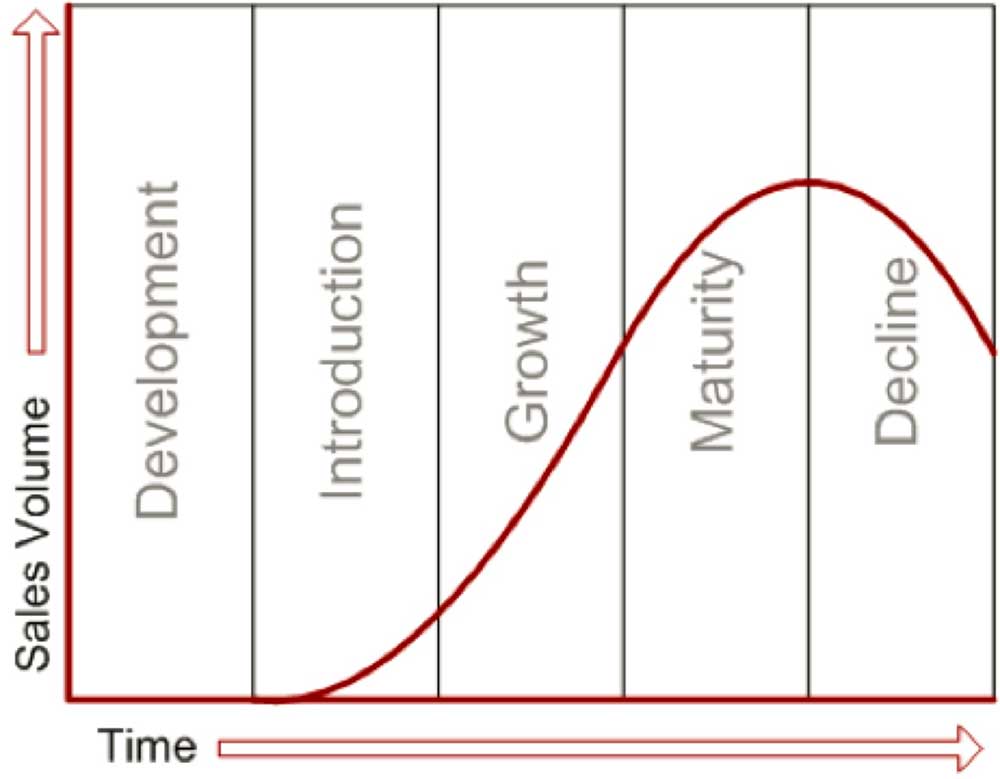
Figure 2: Product Life Cycle Overview
Understanding this paradigm is critical to determining the right approach for creating a reserve on your inventory. The challenge is where a part is in its life cycle. There is no easy way to predict when the next product enhancement will be launched and the current inventory will be of lesser value.
Reserve Stages
Defining the right reserve is based on the nature of your business and your product groupings. Each grouping will ultimately have age ranges and reserve amounts that indicate the impact to your consumers on the expected consumption value. Based on the age period a corresponding reserve should be incurred.
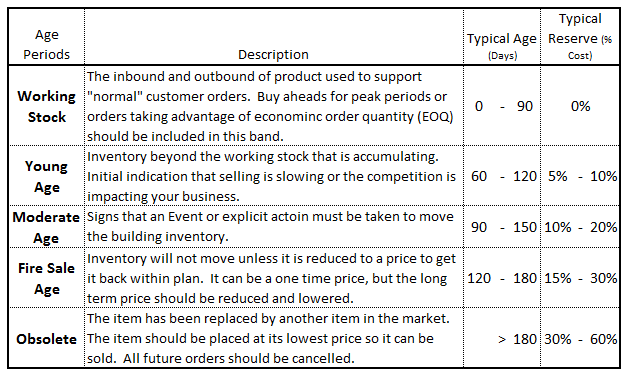
Figure 3: Reserve Amount Outline
The key is to recognize and define the period of working capital. During the working capital period the business will naturally build-up and consume inventory. This period should include all normal activities to manage inventory including the seasonal build-up.
The supply chain can devise flow strategies to minimize these impacts if the pressure is on them.
As we move down the age paradigm we experience an increasing reserve to denote the increase in concern for this inventory and the expected reduction in value to get it sold. This helps give the sales team an indication of the “approved” price reductions and it will be their responsibility to get an actual sale above these levels. Defining the amount of the reserve is best developed through empirical data.
Inventory Profiles
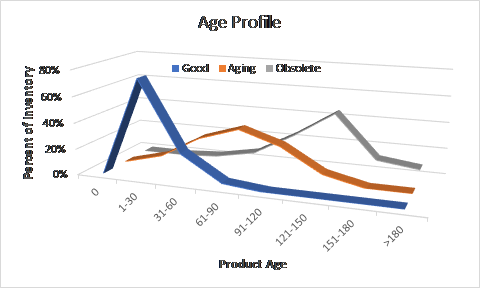
By reviewing the profile of an item, we get a good indication of where it is in its product life cycle. By understanding the quantities in each age bucket, we can determine if you have an inventory control issue or a product life cycle issue. Every item has a story, it takes investigation to understand how to best manage each item.
By using the proposed logic, you can automatically protect the business from an aging item without have to find it and analyze the impact to the business.
Other Inventory Metrics
There is a standard list of typical metrics financial teams reference. Each has its own idiosyncrasies and struggles in implementation. None provide a single holistic view of the freshness of the inventory like the aging process. Further, none do anything proactively to reflect the true value of the inventory and protect the business from a pending loss.
- Days of Supply: A measure of how far into the future the current on-hand inventory will cover expected customer demand. Recognizing that demand is sporadic and/or seasonal, defining the number of days is a guess at best.
- Inventory Turns: A measure of how many times the inventory on-hand has been sold during the year. In financial terms, inventory turns is a reflection of how effectively you have used your working capital. Many struggle to determine the average inventory and the unit of measure (i.e. dollars or units), that best reflects the true behavior.
- Item Fill Rate: A measure of how many orders were satisfied with the inventory available. Orders today typically include multiple items and are adversely impacted by this method.
While these metrics help in developing high level inventory plans, these do nothing to reflect the true impact on cash flow and/or financial performance.
Accuracy of Reports

Valuing your inventory is critical in properly reporting the health of the business. By not putting in a systematic rule for managing age, you leave yourself exposed to questioning. While, it helps the business focus on acting to clear age, it also ensures that you appropriately risk assess your inventory.
Understanding the age of your inventory is the best indicator of the team’s overall ability to manage the supply chain. It highlights gaps in outbound selling and inbound flow. By defining a clear “rules of the road” the team can focus on taking action. They can help drive margin improvement and bring more profits to the business.

